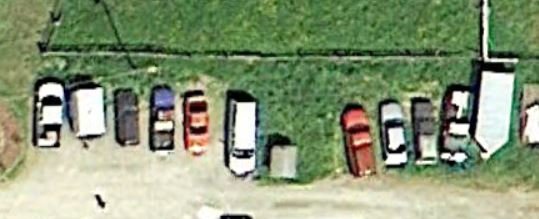Planting 200 Plants, Garden Planning, Restoring a Parking Lot - Weekend Homesteading Report
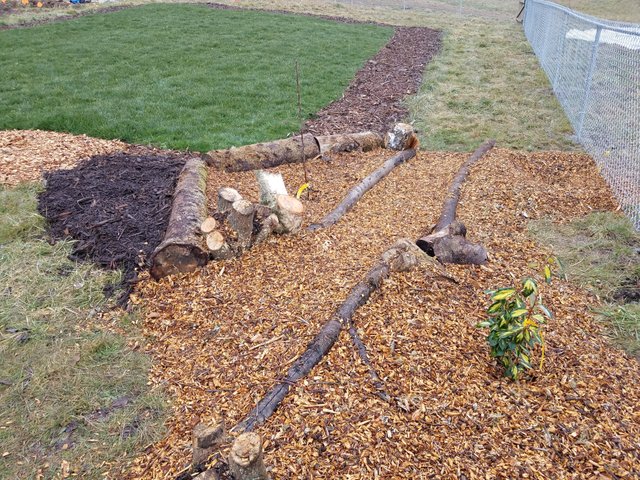
My homesteading weekend was defined by the planting of just under 200 plants that all showed up at the end of last week. What a crazy busy rush!
190 of the plants were a bunch of native plants that I ordered wholesale (much cheaper!) from a WA State Conservation District Association nursery. This order included:
- 50 Russet Buffaloberry (nitrogen fixer - understory shrub)
- 30 Sitka Alder (nitrogen fixer - multi-trunk small tree / large shrub)
- 50 Rocky Mt. Maple (high biomass producer - multi-trunk small tree)
- 50 Nootka Rose (barrier plant - thorny, dense, spreading shrub)
- 10 Cascara (wildlife plant - small tree, good at spreading by seed)
But my Asian pear, serviceberry (cultivator variety for production), and silverberry also showed up. While there are only 3 plants being production focused they needed more site prep. The above picture shows the area where I planted them. I later added 3 russet buffaloberries to the grass patch by the fence and I will be sheet mulching that area soon.
The big logs make nice places to sit and my son loves them. But the logs and mulch also help support soil life. I always start my plantings by adding features to benefit local wildlife.
Eventually, the grass strips that you can see along the fence and around the nice dark green lawn will all get mulched. That lawn is new and is an "eco-lawn" that I put in last summer. It is not just grass but a nice mix that is designed for high use and needs no watering, no fertilizer and only needs mowed once a month during the growing season. So much nicer than regular lawns! The rest of the grass will all get mulched.
Bareroot Plants
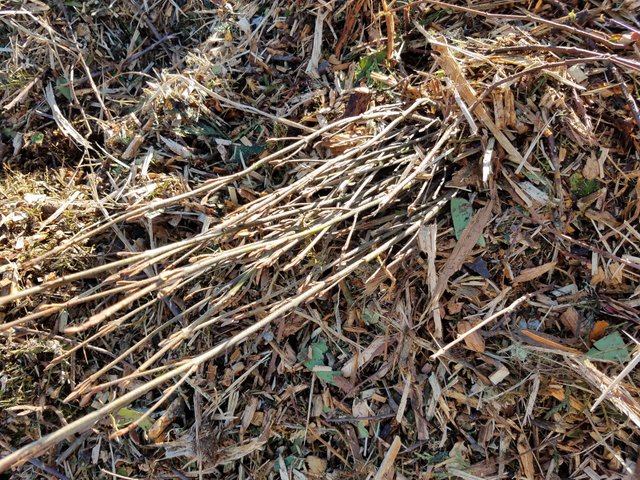
Bareroot plants are a great way to get a bunch of plants for low cost. Generally, $0.90 to $1.25 per plant (trees or shrubs) which is very cheap. But you do need to be careful with them.
Bareroots need to be planted very quickly or they can dry out. You can heel them in to a mulch pile or even into the soil to get a bit more time. You can see in the picture a bundle of the buffaloberries sticking in a mulch pile I had on site. Since it was getting below freezing at night this let me spread out the planting over 3 days (Friday, Saturday, and Sunday) without the plants being damaged.
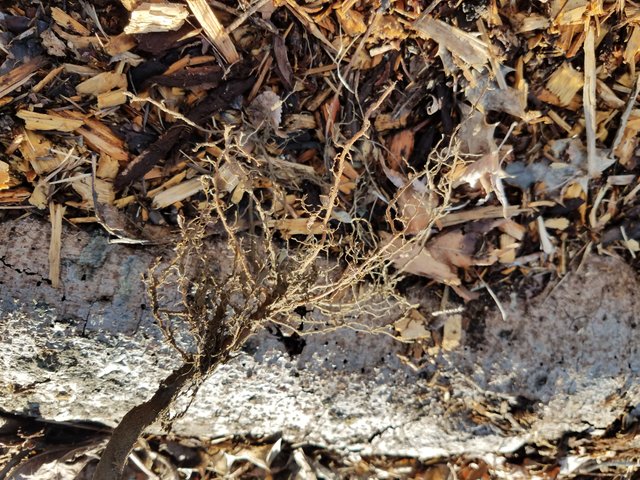
Sorry the pic got rotated upside down but you can see in it that bareroot plants are exactly what the name implies. So when planting these you do need to be careful. That is the trade-off. Cheap plants but more likely to lose some if you are not careful.
Garden Planning
My wife and I also took some time to plan what we will be planting in our new kitchen garden this year. Some traditional veggies like tomatoes and lettuce but also some less common ones which include some perennial vegetables.
I also have a bunch of native perennial vegetables picked out that I hope to grow in the garden too. And just like my other planting areas I will be adding features to the garden to support local wildlife.
More on all that soon--first I need to finish building the garden!
Restoring a Parking Lot
The previous owners of my place and my neighbors used to use a section of my homestead for parking before I bought it. I decided to transform this area by planting a hedgerow for privacy and eventually to keep deer out. But I'm also turning the corner of it (right side of the picture) into a small food forest.
But this area was all compacted and impossible to dig in--not paved just gravel and super compacted. I did decide to take advantage of this and I'm keeping part of it as a storage area for logs, rocks, mulch, etc. I'm also planning to build a shed in part of it. Plus, there is a utility easement for a power pole so I have to leave part of it open for that.
But I can still restore it and transform it into something that benefits myself and my family and local wildlife--and even the neighbors (they like the flowers).
So over the last 2 years I got busy.
First I rented a mini-excavator and dug a trench all along the edge to create a hugelkultur bed that ended up being about 130 feet long, 5 feet wide, 2 feet deep and 2-3 feet high. I also removed invasive blackberries and started heavily sheet mulching the new food forest area.
I also dug a small pit with a dirt ramp using the excavator and creating a mulch basin that captures most of the runoff from the shared dirt road and slowly spreads it out onto my property. I have willows growing around the basin and during big rain events there is a lot of water flowing into it.
But throughout all this work the area was so compacted that I could not get a shovel in the ground.
Last year this is what that area looked like. Compare it to the aerial photo up above--this new pic was taken on the ground near the corner looking up the dirt road which would be looking towards the left in the pic with the cars. The new food forest will be in the brown mulched area behind the flowers.
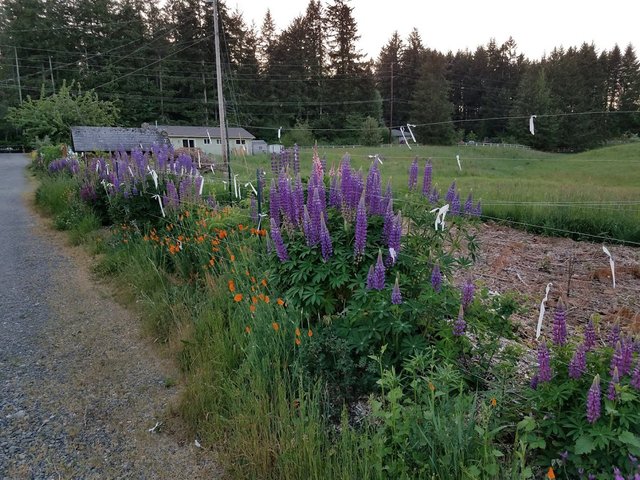
Since that picture I have done more work and in a few more years that hedgerow will be a dense 10 foot tall living fence filled with native and some non-native plants. Behind it will be a storage area, large shed, utility access, and a food forest.
How this connects to my weekend report is that this last weekend I was out there planting more trees and shrubs in the hedgerow and I added 10 of the buffaloberries to the food forest area to support 7 fruit and nut trees that are coming in later. This is the first wave of plants for the food forest which will get more plants added to it over the next couple years.
I was nervous about planting these plants--could I even dig? Well the mulching did its magic and now the food forest area is easy to dig in and has some of the darkest soil on my property. It is ready for the fruit trees and the trees, the buffaloberries and other plants should all help to continue to build and improve the soil.
It is a fun project and I like to hum that song with the line "they paved paradise and built a parking lot" while I work. I just changed it to "they created paradise out of a parking lot" ;)
Thanks all and I hope you enjoyed this post. Please like it and if you want to get more posts about how to work with nature to build your homestead and grow your own food then please follow me.
Next weekend is going to be all about deer fencing and hopefully some garden building.
Take care all!
